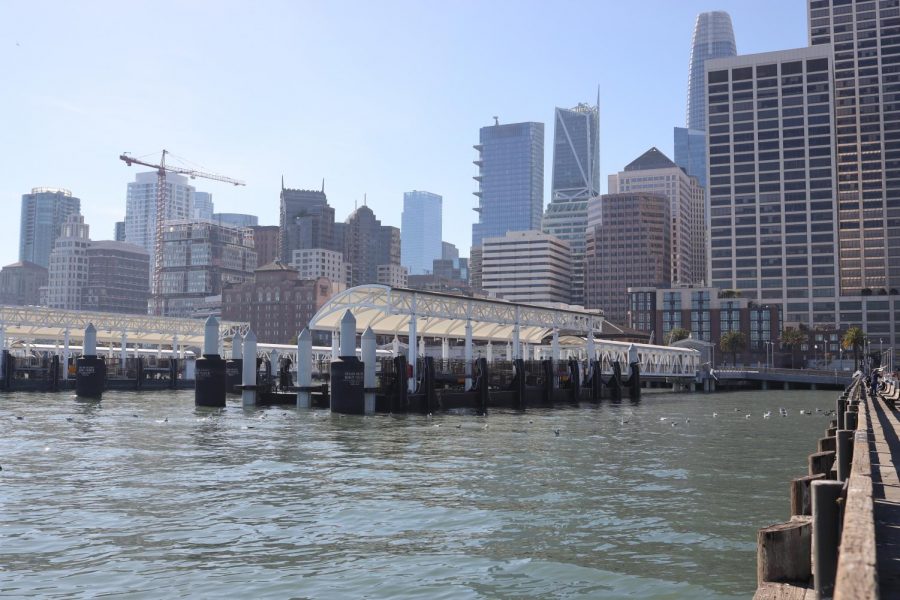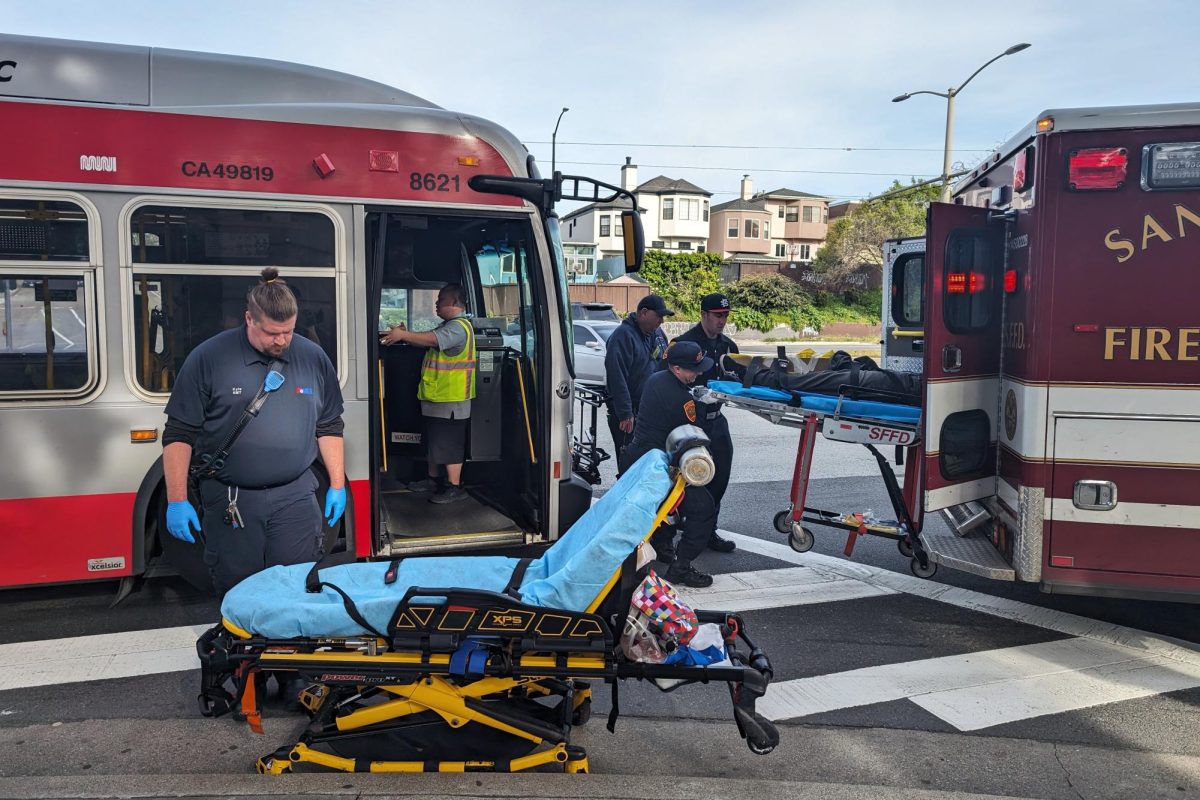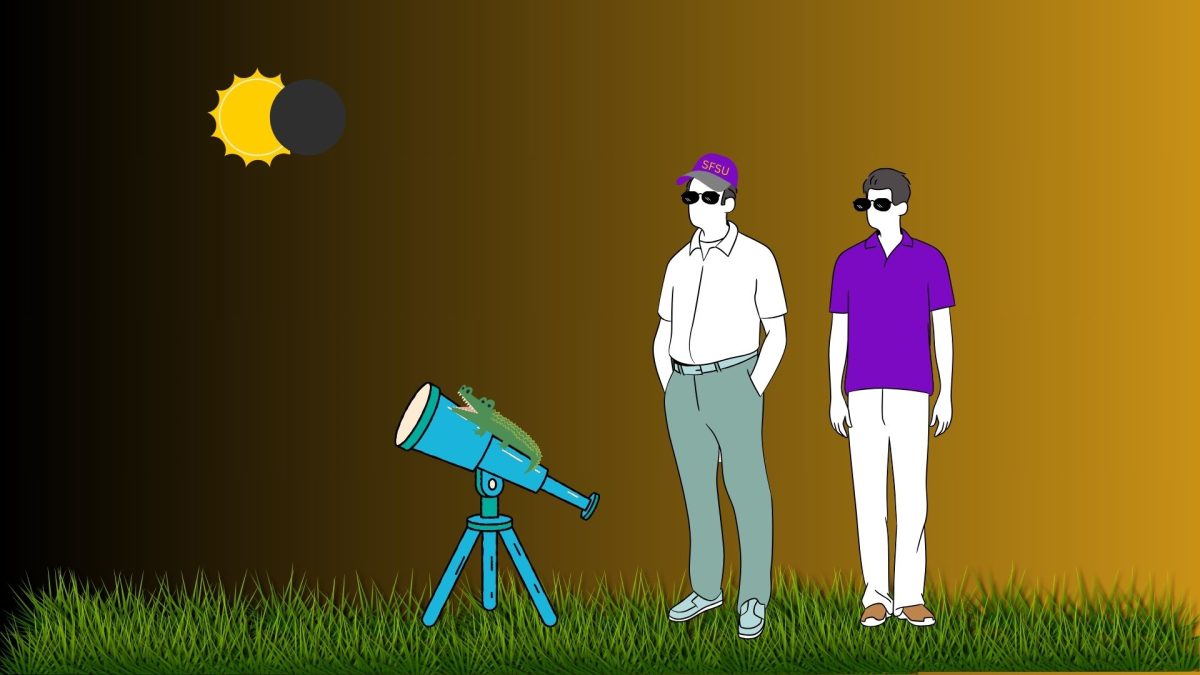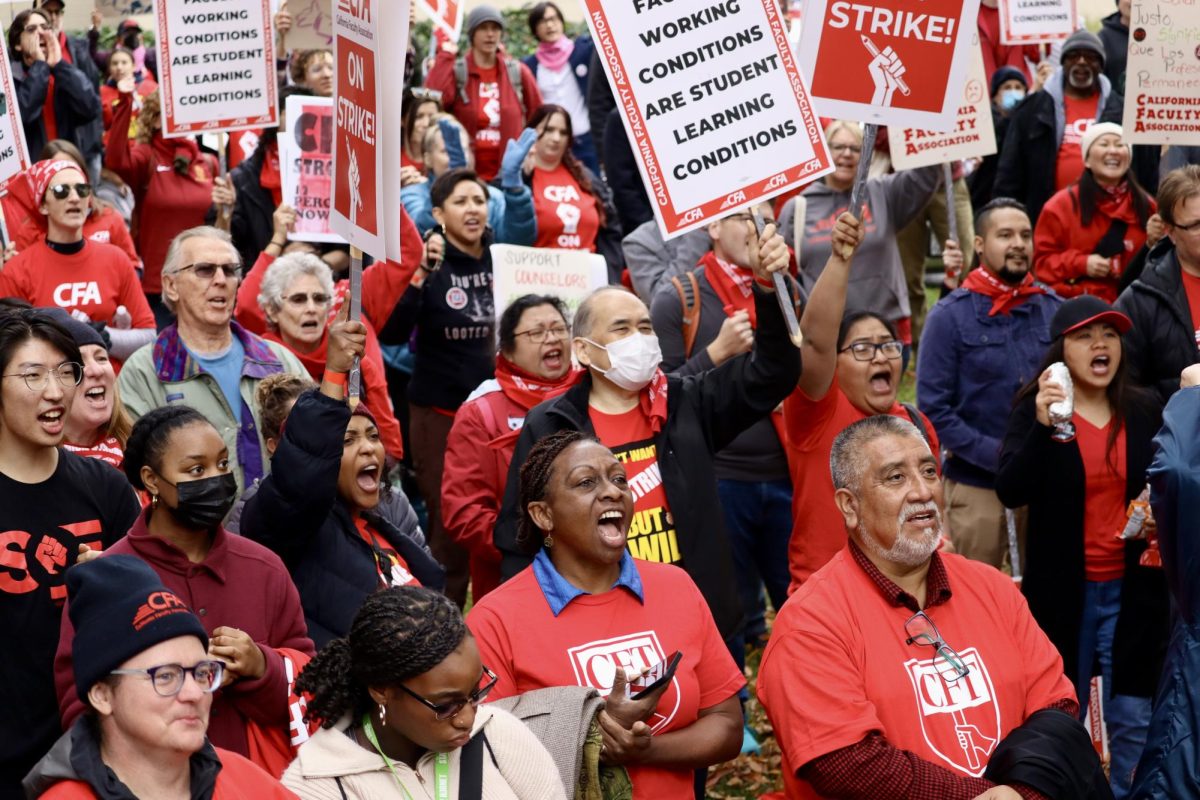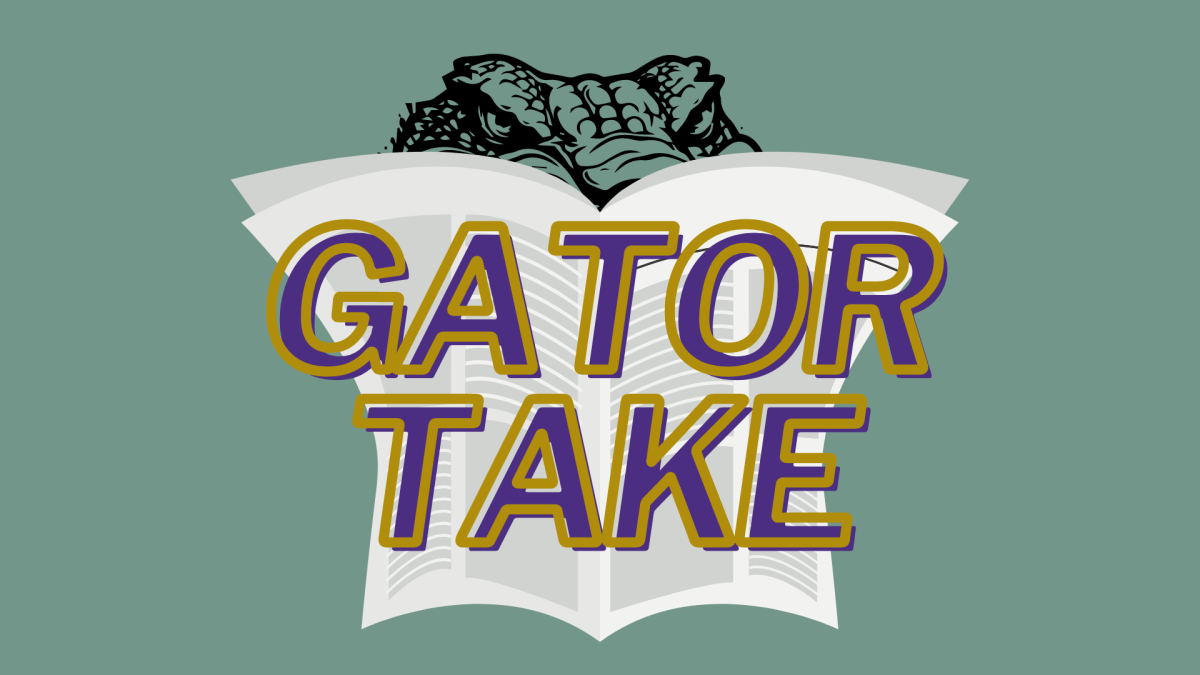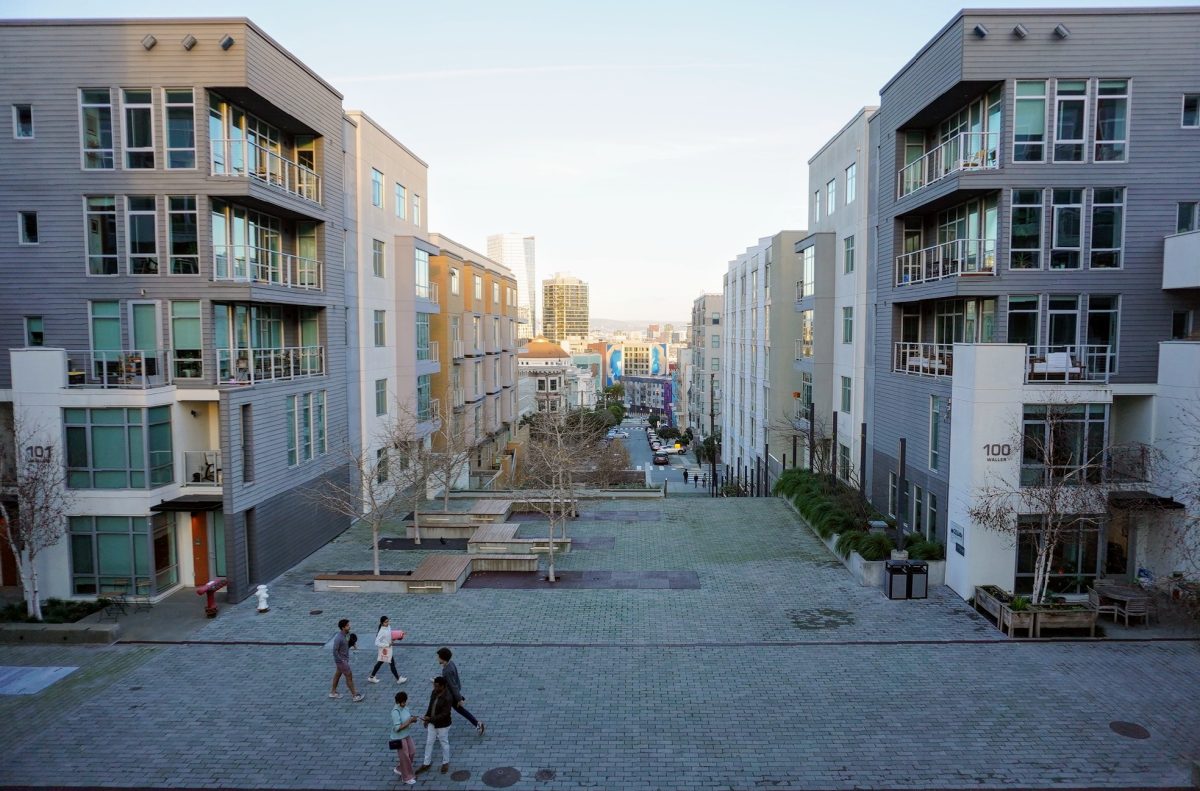Five Bay Area counties will impose the strictest stay-at-home orders since spring in a bid to stem the recent spike in novel coronavirus infections expected to overwhelm hospitals statewide in the coming weeks, according to health officials.
The orders, announced by officials of San Francisco, Contra Costa, Santa Clara, Alameda and Marin counties at a Friday press conference, take effect after 10 p.m. on Sunday, and Tuesday at noon in Marin County. The officials expect the orders to last until Jan. 4, 2021.
The health orders adopt restrictions from Gov. Gavin Newsom’s stay-at-home order announced Thursday, which normally takes effect in a county once its intensive care units fall below a 15% capacity. Though most of the five counties — including San Francisco — have not seen their ICU capacities decrease to that degree, they’re adopting the state order as a preventative measure.
“We are in our worst surge yet of COVID-19. It is stressing health care systems across the state of California and taxing our health care workers,” Dr. Grant Colfax, San Francisco director of health, said in a statement. “We need urgent intervention now if we want to be able to care for the sick in mid-to-late December. We do not want your parent, your spouse, your child, your grandparent or any loved one to be in need of help and our hospitals too overwhelmed to properly care for them.”
In the Bay Area, daily cases rose from 475 on Oct. 22 to 1,700 today, San Francisco Health Officer Dr. Tomas Aragón said at the conference. San Francisco is recording 142 new cases per day, compared to 34 in late October, Aragón added.
“Within weeks, we will be unable to care for our residents in our hospitals,” Aragón said. “Unlike previous surges, every hospital in California is under stress … Three-fourths of state hospital beds are currently full. Nearly 25% of them are filled with COVID-19 patients.”
San Francisco is recording 900 new COVID-19 diagnoses weekly, according to the city release. COVID-19 hospitalizations have tripled citywide in the past month.
If hospitalizations continue at the current rate, the city will run out of beds by Dec. 26, according to the release. Hospitals in the other four Bay Area counties are experiencing similar dilemmas.
“It takes at least three weeks for our actions to impact the trend of hospitalizations,” Santa Clara Health Officer Dr. Sara Cody said at the conference. “So we must apply the brakes at least three weeks prior, or we will run out of the needed ICU and hospital capacity to care for everyone who needs care.”
All this while the data do not account for the transmission expected to have occurred over the Thanksgiving weekend, the scope of which is still being determined, Cody said.
It’s important for the counties to act together because communities and their health systems are intertwined, and their epidemics are connected, Alameda County Health Officer Nicholas Moss said at the conference.
“When our neighbors run out of hospital beds, patients will need to come to our hospitals,” Moss said. “This is not limited to just the Bay Area. This means we have fewer beds than we think because we will be asked to help — and we will help — when our neighbors run out.”
The activities that must suspend operations include outdoor dining; personal services such as hair and nail salons; indoor gyms; drive-in gatherings; outdoor family entertainment centers; outdoor playgrounds; open-air bus and boat operators; and outdoor museums, aquariums and zoos, with the exception of botanical gardens and historic sites.
Low-contact retail, such as dog-groomers and electronics repair services, are only allowed to provide curbside drop-offs. Retail establishments such as convenience stores, standalone grocery stores, specialty shops, equipment rental, hardware stores and shopping centers must meet the new capacity requirement of 20% — down from 25%, or 50% in the case of grocery stores.
Hotels and short-term rental services may only take reservations from essential workers traveling for work or to support critical infrastructure.
Eating or drinking is prohibited in small outdoor gatherings, which may only comprise one household with up to 12 people. Outdoor gyms are limited to groups of 12. Groups of runners are restricted.
Youth sports activities may operate outdoors without competitions or spectators.
Businesses must assign a staff member to monitor those entering buildings to ensure buildings don’t fill beyond a 20% capacity; special hours “should be” implemented for seniors, people with chronic conditions and those with compromised immune systems.
Adult recreational activities such as tennis and golf may continue outdoors among members of the same household.
Those participating in any of these activities must wear masks and physically distance.
Health officers stated that they plan to use community education as their primary tool for convincing residents to follow the health orders. Some counties have issued fines, while others haven’t.
“Until we get through this wave, you should not meet in person with anyone you do not live with, even in a small group and even outdoors with precautions,” Berkeley Health Officer Dr. Lisa Hernandez said at the conference.
The health officers are urging residents to avoid mixing with other households or entering tight spaces such as planes, trains and buses. They also advise people quarantine for 14 days if they travel outside the Bay Area or meet with someone who traveled from outside the region.
“Do not let this be the last holiday with your family. Show your family how much you care. Let them know you’ll choose safer options,” Hernandez said. “Celebrating with our own household is the safest way to celebrate.”




